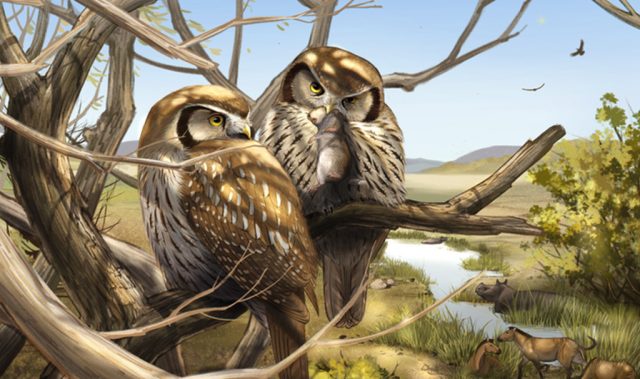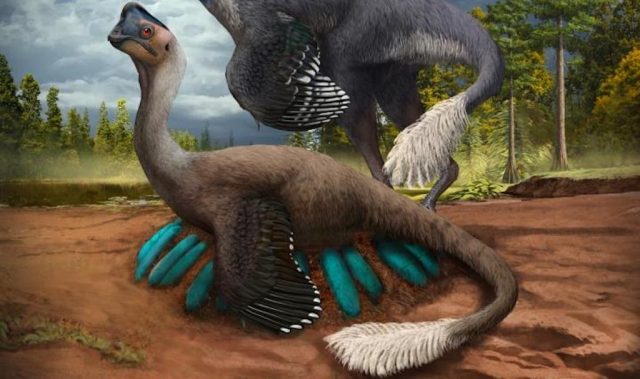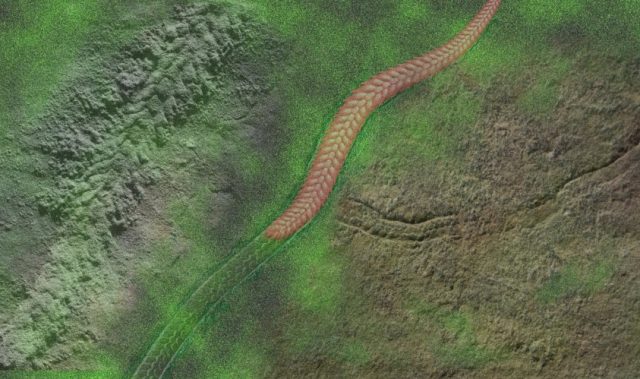
AsianScientist (Sep. 3, 2019) – Scientists in China have described the largest and earliest example of a forest in Asia, made up of 250,000 square meters of fossilized lycopsid trees. They published their findings in the journal Current Biology.
The Devonian period, which was 419 million to 359 million years ago, is best known for Tiktaalik, the lobe-finned fish that is often portrayed pulling itself onto land. However, the ‘age of the fishes,’ as the period is called, also saw evolutionary progress in plants.
In this study, researchers led by Professor Wang Deming at the School of Earth and Space Sciences at Peking University, China, have found evidence of the earliest forest to have developed in Asia, located near Xinhang in China’s Anhui province. The fossil forest covers an area larger than the Grand Central Station in the US.
The team noted that the lycopsid trees found in the Xinhang forest resembled palm trees, with branchless trunks and leafy crowns, and grew in a coastal environment prone to flooding. These lycopsid trees were normally less than 3.2 meters tall, but the tallest was estimated to have grown to 7.7 meters in height, taller than the average giraffe.
Giant lycopsids would later define the Carboniferous period, which followed the Devonian period, and become much of the coal that is mined today, the researchers explained.
“The large density as well as the small size of the trees could make the Xinhang forest very similar to a sugarcane field, although the plants in Xinhang forest are distributed in patches,” said Wang. “It might also be that the Xinhang lycopsid forest was much like the mangroves along the coast, since they are located in a similar environment and play comparable ecologic roles.”
The fossilized trees are visible in the walls of the Jianchuan and Yongchuan clay quarries, below and above a four-meter thick sandstone bed. Some fossils included pinecone-like structures with megaspores, and the diameters of fossilized trunks were used to estimate the trees’ heights. The authors remarked that it was difficult to mark and count all the trees without missing anything.
“Jianchuan quarry has been mined for several years and there were always some excavators working at the section. The excavations in quarries benefitted our research,” said the authors. “The continuous finding of new in-situ tree fossils is fantastic.”
The article can be found at: Wang et al. (2019) The Most Extensive Devonian Fossil Forest with Small Lycopsid Trees Bearing the Earliest Stigmarian Roots.
———
Source: Cell Press; Photo: Current Biology.
Disclaimer: This article does not necessarily reflect the views of AsianScientist or its staff.












